AB Art Base
AB Art Basics, the art history elements project of Windows on Art. Articles on the great artists and movements with all the basics to start learning about them. Art history from ABC.
Project coordination: Federico Giannini - Ilaria Baratta
Texts by: Ilaria Baratta, Andrea Derni, Federico Giannini, Gabriele Giannini, Cristina Principale, Mirsada Shmidra, Luca Suppressa, Valentina Vadilonga, Arianna Vallarino
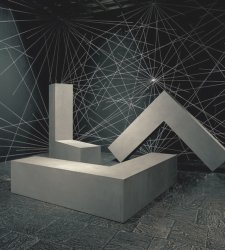
Minimalism, history and artists of the reductionist movement
Minimalism, or Minimal Art, was one of the most important experiences that matured in the art world in the mid-1960s. One can consider this trend as the first statement of an American sculpture that was composed of mute objects, presenting itself wit...Read more...
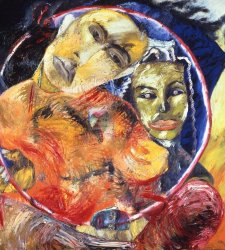
Transavantgarde: history, developments, artists
Transavantgarde was an artistic movement that arose and developed inItaly in the early 1980s, achieving conspicuous success. The emergence of this artistic movement entailed a return to figurative, citationist painting with neo-expressionist ancestry...Read more...
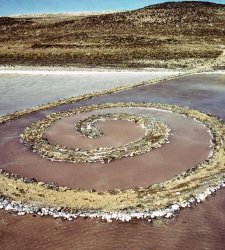
Land Art: birth, developments, main artists
Land Art (literally "earth art") is an artistic language that arose in the United States of America in the late 1960s and early 1970s. The matrix of this experience, like that of Arte Povera and other movements orbiting in the context of the Neo-avan...Read more...
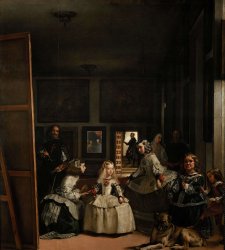
Diego Velázquez, life and works of Spanish Baroque painter
Diego Velázquez (Diego Rodríguez de Silva y Velázquez; Seville, 1599 - Madrid, 1660) was a Spanish painter and portraitist who lived and worked at the court of King Philip IV of Spain. During the years of his activity, which cent...Read more...
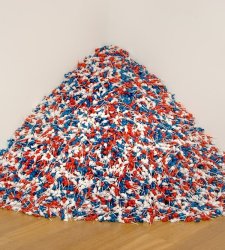
Relational Art: theory, origins, main artists
The expression "Relational Art" refers to a cultural movement, a contemporary art trend whose theorization is connected to the figure of French critic and curator Nicolas Bourriaud (Niort, 1965). This art form, also known as "Socially Engaged Art," "...Read more...
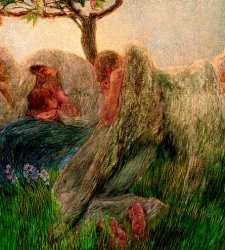
Gaetano Previati. Life and works of the master of Divisionism
Gaetano Previati (Ferrara, 1852 - Lavagna, 1920) was an Italian painter, a well-known exponent of the Divisionist movement. His training took place mainly in Milan, where he studied at the Brera Academy, an environment in which he absorbed all the in...Read more...

Egon Schiele, the artist of finis Austriae. Life, works, style
Egon Schiele (Tulln an der Donau, 1890 - Vienna, 1918) was an Austrian painter, witness and cantor of the "finis Austriae." Together with painters Gustav Klimt and Oscar Kokoschka, he marked the European art scene by bringing Secession Vienna back as...Read more...
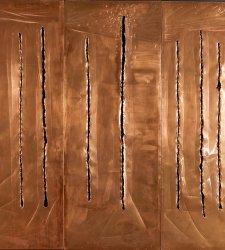
Spatialism, origins, theory, styles
The term Spatialism is intended to refer to an artistic trend that was officially born in Argentina but defined itself in Italy in the 1950s. The movement's birth is inextricably linked to the name of Lucio Fontana (Rosario, 1899 - Comabbio, 1968): b...Read more...
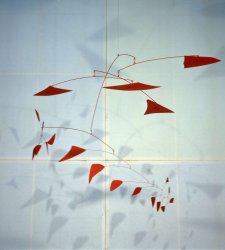
Kinetic and programmed art. History, style, artists
Beginning in the 1950s in Europe, people began to talk about "Kinetic Art," an artistic current that put a series of more or less complex technological apparatuses at its service. Also known as "Programmed Art," this trend aimed to convey to the publ...Read more...
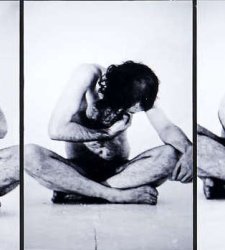
Body art, origins, history, major exponents
In the 1960s many artists adopted performance as a new mode of expression, choosing to present their own bodies, or those of others, as their preferred medium of operation. This new artistic dimension was the result of historical processes that led t...Read more...
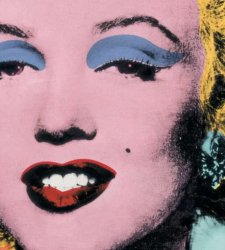
Pop Art: the history, styles, artists
The term Pop Art comes from the contraction of the word popular and refers to a visual language that European and American artists pursued in the 1960s. Like the phenomenon of pop music, Pop Art addressed the new consumer society, spreading at a mome...Read more...
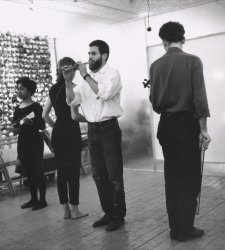
Happening and Fluxus. Origins, history, style, main exponents
In post-World War IIEurope, the memory of the tragedies derived from the war event and the political tensions caused by the Cold War led to the creation of various opinion movements that opposed all forms of authoritarianism. This led the artists' re...Read more...
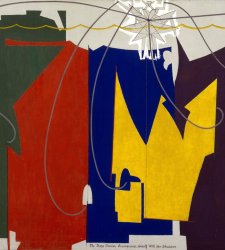
Man Ray: life, works and research of the great Dada artist
Man Ray, (Emanuel Radnitzky; Philadelphia, 1890 - Paris, 1976), was a painter, photographer and film director. He is considered a great multifaceted figure, a protagonist of the artistic season of the first half of the 20th century, representative of...Read more...
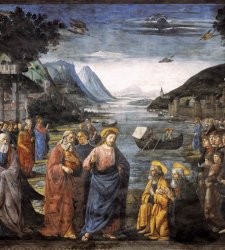
Domenico Ghirlandaio, life, works and style of the great Renaissance artist
Domenico Ghirlandaio (Domenico Bigordi; Florence, 1449 - 1494) was a Florentine painter who worked during the second half of the 15th century. A contemporary of artists such as Andrea del Verrocchio and Antonio del Pollaiolo, he is considered one of ...Read more...
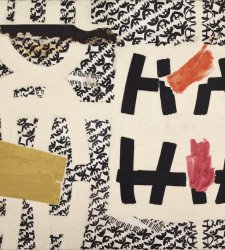
Giuseppe Capogrossi, life, works and style of the sign artist
Giuseppe Capogrossi (Rome, 1900 - 1972) was a painter who made his mark on Italian artistic culture after World War II. Capogrossi's production is associated with the research on the sign that, throughout Europe, was born at a time of bewilderment an...Read more...
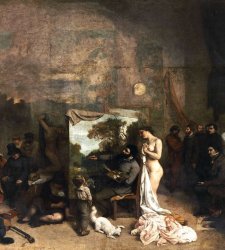
Gustave Courbet, life, works and style of the father of realism
Gustave Courbet (Ornans, 1819 - La Tour-de-Peilz, 1877) is considered l father of realism, an artistic movement to which he devoted his activity between 1848 and 1855. The second half of the nineteenth century was a very important historical moment f...Read more...


























